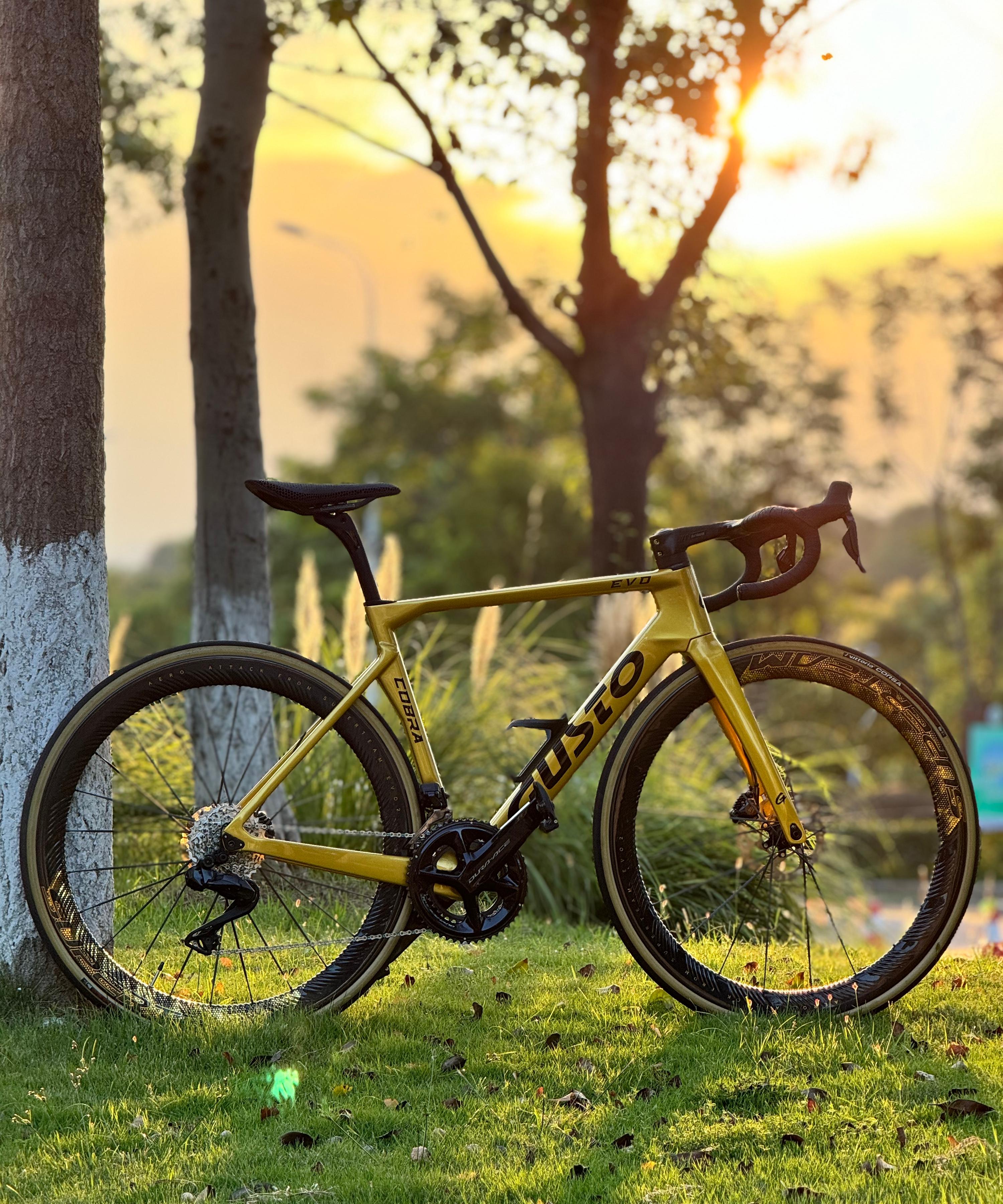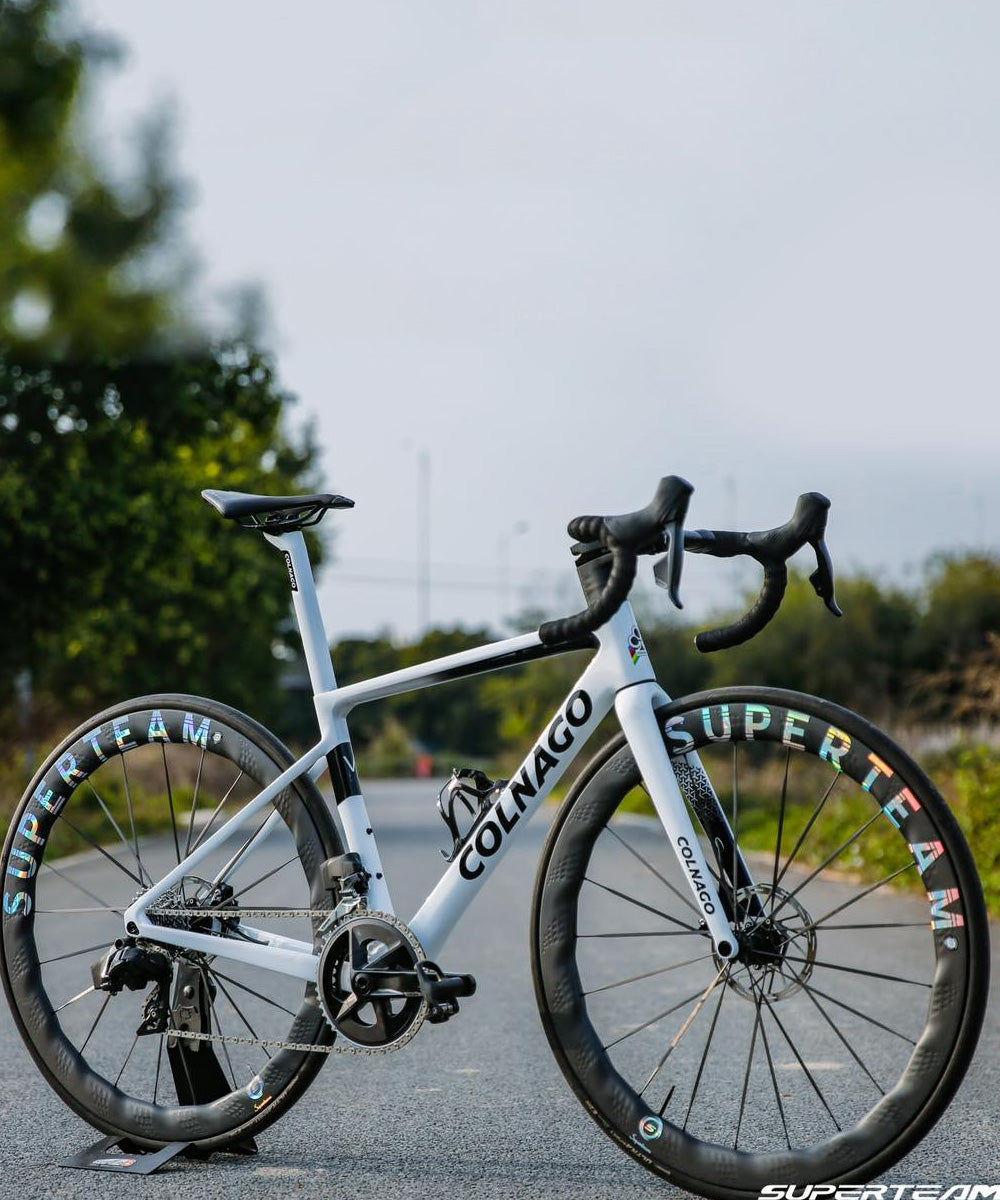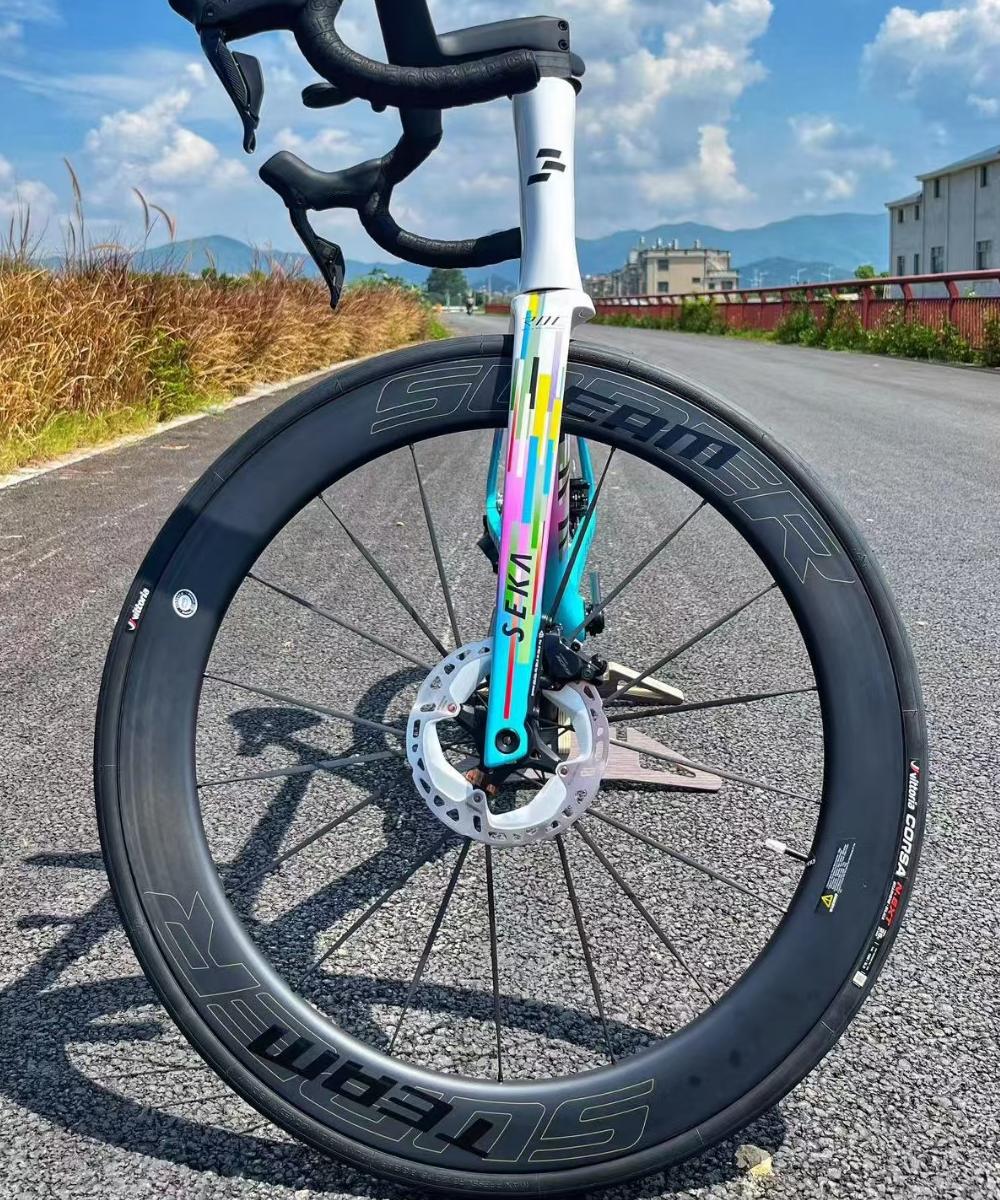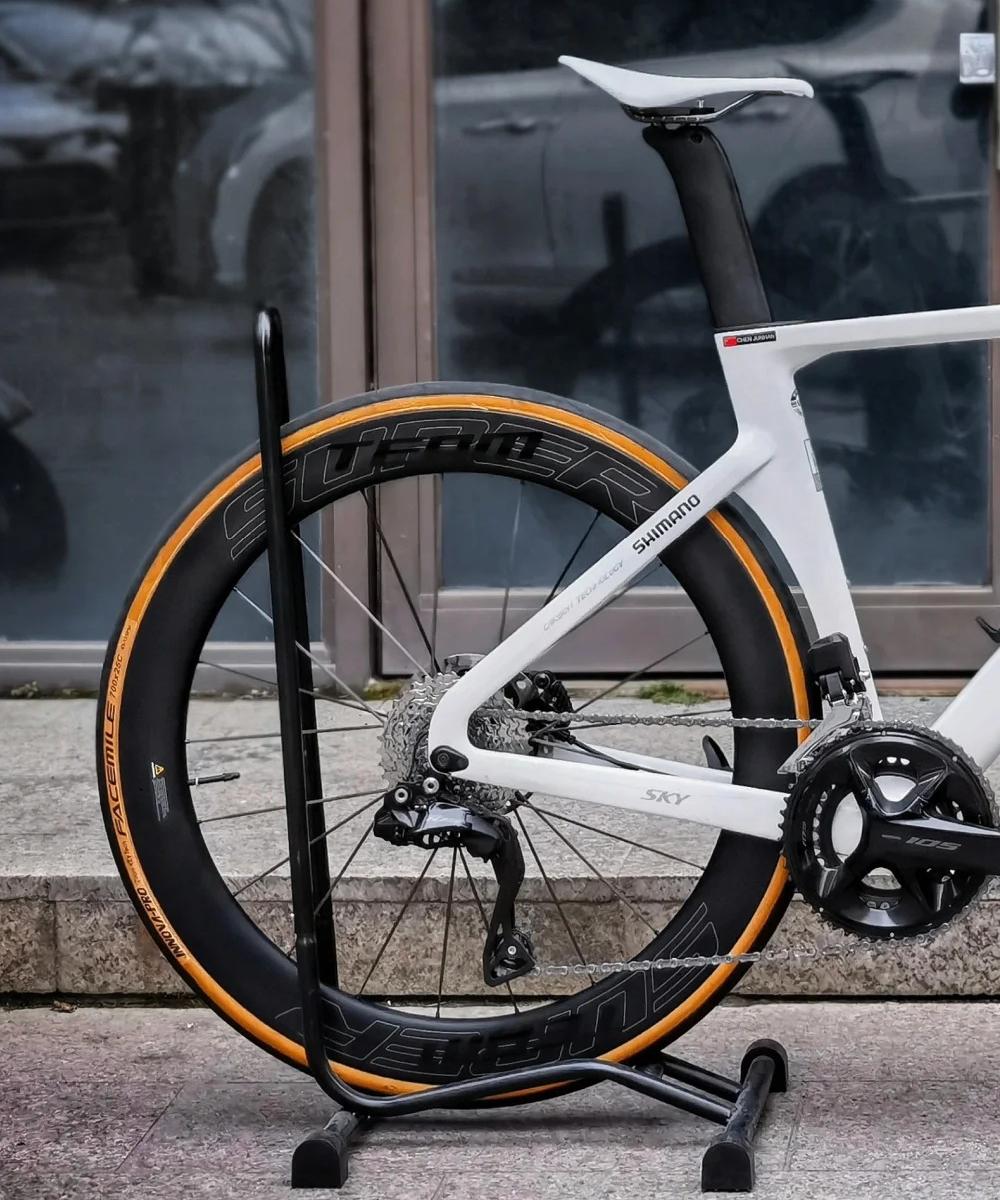The Role of Hub Engagement Speed in Riding Performance
When it comes to optimizing road bike performance, much attention is often given to aerodynamics, weight, and tire choice. However, one frequently overlooked factor is the hub engagement speed, a subtle yet impactful element in your drivetrain that can significantly affect your riding efficiency, especially in specific conditions like climbing, sprinting, or navigating technical terrain.
In this article, we explore what hub engagement speed is, how it works, and why it matters more than many riders realize.
What Is Hub Engagement Speed?
Hub engagement speed refers to the delay between when you start pedaling and when the rear wheel actually begins to turn. It is determined by the number of engagement points inside the freehub mechanism of the rear hub.
Most modern hubs use ratchets or pawls to control this interaction. More engagement points mean less rotational slack before the drivetrain "catches" and moves the wheel forward. This is usually measured in degrees. For example, a hub with 36 points of engagement has a 10-degree engagement angle (360° / 36 = 10°).
Why Does Engagement Speed Matter?
Although you might not notice it on a long, smooth road ride, engagement speed becomes crucial in certain scenarios:
1. Technical Riding or Urban Commuting
In stop-and-go riding, tight turns, or technical climbs, quicker engagement ensures faster response when you resume pedaling. This is especially helpful when riding through city streets, accelerating out of corners, or navigating hilly terrain with short bursts of power.
2. Climbing and Off-Saddle Efforts
When you're out of the saddle and applying power during a climb or sprint, any delay in hub engagement results in lost momentum. A faster-engaging hub minimizes this lag, ensuring that your power is transferred to the wheel immediately.
3. Mountain Biking or Gravel Riding
For disciplines involving uneven terrain, like MTB or gravel, fast hub engagement is essential for technical sections, obstacles, and slow-speed maneuvers. Although this may not seem relevant for road riders, the same principles apply when climbing over curbs, potholes, or sharp corners.
Engagement Speed vs. Drag: Is More Always Better?
It's easy to assume that more engagement points are always superior. However, it’s not that simple.
High engagement hubs (e.g., 72+ points) offer snappy response but may introduce more internal drag, depending on the mechanism used.
Lower engagement hubs (e.g., 24–36 points) may feel smoother when coasting and are typically more durable and quieter, but result in a noticeable delay when power is reapplied.
The trade-off is often between instantaneous engagement and freewheeling efficiency. Some high-end hubs, like those from Industry Nine or Chris King, aim to minimize drag while maintaining high engagement.
What’s Ideal for Road Riders?
For most road cyclists, an engagement angle between 8° and 15° (i.e., 24–45 engagement points) strikes a practical balance. However:
Competitive riders, sprinters, or criterium racers may benefit from faster hubs (e.g., 6° or below).
Endurance or touring cyclists may prefer smoother coasting with slightly slower engagement.
Ultimately, hub choice should align with your riding style and terrain.
Signs You May Need to Upgrade Your Hub
You feel a delay when starting to pedal from a stop.
You're riding more technical or urban terrain and feel your current hub is slow to respond.
You want a stiffer, more direct-feeling drivetrain experience.
Before investing in a new hub or wheelset, check your current engagement specs and compare them to higher-end options. You might be surprised how much difference this small detail can make.
Final Thoughts
While hub engagement speed isn't always top-of-mind when selecting a wheelset, it plays a vital role in how power translates from your legs to the road. Especially for riders who demand responsiveness—whether in competition or urban riding—understanding and selecting the right hub engagement can lead to smoother, more efficient rides.
So next time you’re considering a wheel upgrade, look beyond just rim depth or weight—and don’t forget to ask: how fast does it engage?




